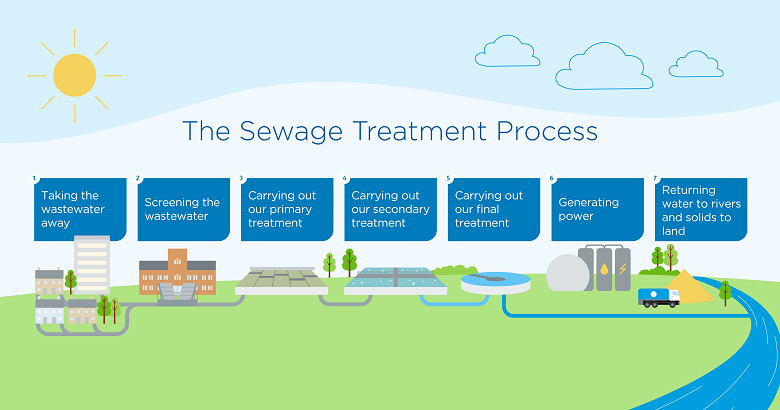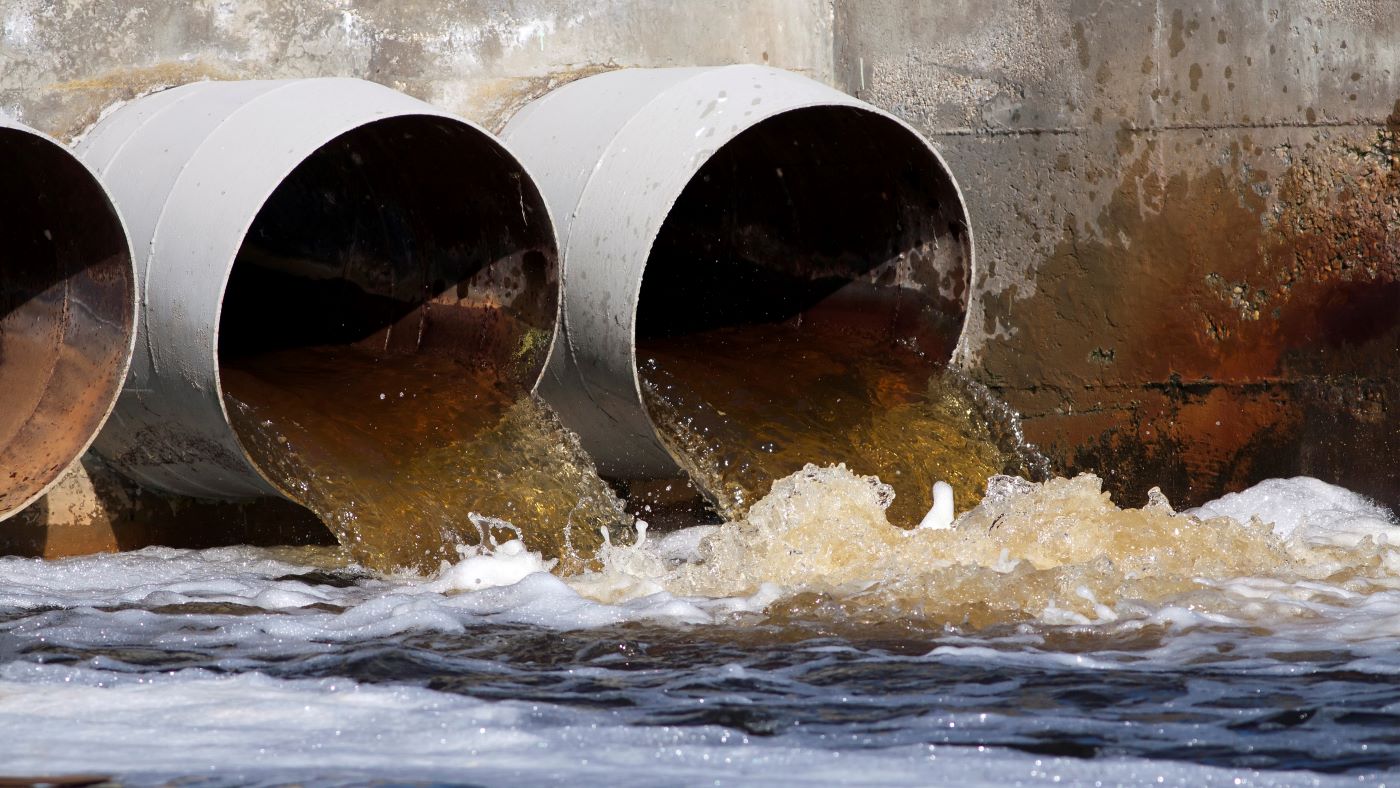Comprehensive Guide to Hazardous Waste Water Treatment Processes
Comprehensive Guide to Hazardous Waste Water Treatment Processes
Blog Article
Optimizing Drainage Therapy Processes: Approaches for Improved Water High Quality and Resource Recovery
In the world of wastewater therapy, the pursuit for enhancing effectiveness and sustainability with process optimization is a recurring search that holds immense significance. By focusing on methods tailored to elevate water top quality while simultaneously taking advantage of valuable resources, therapy plants can resolve pushing environmental worries while opening financial benefits. From innovative innovations to innovative resource recuperation approaches, the landscape of wastewater treatment is progressing rapidly. As we dive into the details of enhancing these procedures, a globe of opportunities emerges that promises not only cleaner water yet likewise an extra sustainable future.
Relevance of Process Optimization
Enhancing waste water therapy processes with careful process optimization is important for making the most of performance and ensuring ecological sustainability. By fine-tuning each step of the therapy process, from preliminary intake to last discharge, water treatment facilities can accomplish greater levels of impurity removal, minimize energy intake, and lessen the generation of waste byproducts. Refine optimization entails evaluating essential performance indications, such as hydraulic retention times, sludge retention times, and nutrient degrees, to determine areas for enhancement and apply targeted options.
Efficient procedure optimization not just improves the total performance of drainage therapy plants yet also adds to set you back savings and regulatory conformity. By optimizing procedures, operators can attain higher therapy abilities without the demand for considerable infrastructure financial investments. In addition, boosted therapy performance causes cleaner effluent discharge, reducing the environmental influence on receiving water bodies and ecosystems.

Advanced Therapy Technologies
In the world of waste water treatment, the implementation of sophisticated therapy technologies plays a crucial role in improving the total performance and effectiveness of the treatment procedures. These sophisticated technologies provide innovative services to attend to complex contaminants existing in wastewater streams, making certain the elimination of toxins to satisfy strict water high quality criteria. Advanced treatment processes such as membrane bioreactors, ozonation, advanced oxidation processes, and reverse osmosis enable the extensive removal of pollutants, consisting of emerging toxins like drugs and individual care products.
In addition, these technologies help with resource healing by drawing out important materials such as phosphorus, nitrogen, and energy from the wastewater. For circumstances, progressed nutrient removal modern technologies can recuperate phosphorus and nitrogen for reuse in farming plant foods, while power recovery systems like anaerobic food digestion can harness biogas for power generation. By integrating advanced therapy innovations into wastewater therapy plants, drivers can enhance water high quality, minimize environmental influence, and relocate towards a much more lasting and resource-efficient strategy to wastewater management.
Source Healing Strategies
Source healing methods in wastewater treatment processes play a critical duty in optimizing the application of important resources consisted of within wastewater streams. One usual source recuperation technique is the removal of nutrients like phosphorus and nitrogen from wastewater for reuse as plant foods or in commercial procedures.
Water recuperation techniques, such as membrane technologies and advanced filtering systems, allow the therapy and reuse of water for non-potable applications like watering or industrial procedures. By executing resource recovery methods in wastewater i loved this treatment plants, not just can useful resources be preserved and recycled, however the general sustainability and performance of the treatment process can be dramatically boosted. As the focus on source scarcity and ecological sustainability remains to grow, the significance of incorporating resource recuperation strategies into wastewater therapy procedures becomes significantly evident.
Sustainable Practices in Wastewater Therapy
Applying sustainable techniques in wastewater treatment facilities is crucial for enhancing ecological stewardship and long-term operational performance. Sustainable techniques in wastewater treatment include a variety of strategies targeted at reducing the ecological effect of therapy processes while maximizing source healing. One crucial facet of sustainable wastewater therapy is the application of energy-efficient innovations to minimize the carbon impact of treatment plants. This can consist of using renewable resource sources such as solar or wind power, as well as the optimization of existing procedures to minimize energy usage.
Furthermore, the adoption of innovative treatment technologies that advertise water reuse and recycling plays a crucial function in lasting wastewater monitoring. By treating wastewater to a high standard, it can be repurposed for various non-potable applications, such as watering, commercial procedures, and even drinkable water manufacturing in many cases. This not just saves important freshwater resources but additionally minimizes the volume of effluent discharged right into the setting.

Study on Effective Optimization
As wastewater treatment facilities significantly concentrate on sustainable methods, real-world situation studies showcasing effective optimization strategies act as indispensable models for market development. One such study rotates around the application of sophisticated nutrient elimination technologies in a municipal wastewater treatment plant. By including biological nutrient elimination procedures and enhancing functional parameters, the facility achieved significant reductions in nitrogen and phosphorus levels discharged right into getting waters, ultimately boosting general water top quality.
An additional remarkable study entails the integration of anaerobic food digestion systems in an industrial wastewater treatment plant to boost energy healing and resource performance (Waste Water Treatment). With the digestion of organic waste materials, the center not only produced biogas for power manufacturing however likewise decreased the quantity of sludge needing disposal. This twin advantage not just boosted the plant's sustainability efficiency yet our website additionally caused price financial savings
These successful optimization approaches show the potential for wastewater treatment centers to achieve both financial and environmental advantages with efficient processes and innovative techniques. By gaining from these study, sector experts can better optimize their own procedures to boost water top quality and source recovery.
Verdict
Finally, maximizing drainage therapy procedures via innovative innovations, source recuperation strategies, and lasting methods is crucial for boosting water top quality and making the most of resource recuperation. Waste Water Treatment. Study have actually shown successful execution of optimization methods in various wastewater therapy centers. By remaining to focus on procedure optimization, we can guarantee reliable and reliable therapy of wastewater, ultimately leading to a more environmentally pleasant and sustainable technique to handling water sources
By fine-tuning each action of the treatment procedure, from preliminary consumption to final discharge, water therapy centers can attain greater levels of pollutant elimination, reduce power intake, and minimize the generation of waste byproducts.In the realm of waste water treatment, the application of innovative treatment innovations plays a pivotal duty in enhancing the overall effectiveness and efficiency of the treatment processes. By integrating sophisticated therapy technologies into wastewater therapy plants, drivers can boost water top quality, reduce environmental influence, and relocate in the direction of a much more sustainable and resource-efficient strategy to wastewater websites administration.
By carrying out source recovery methods in wastewater therapy plants, not only can valuable resources be saved and recycled, yet the general sustainability and effectiveness of the treatment procedure can be dramatically boosted. Sustainable practices in wastewater treatment encompass a range of methods aimed at decreasing the ecological influence of treatment procedures while maximizing source recovery.
Report this page